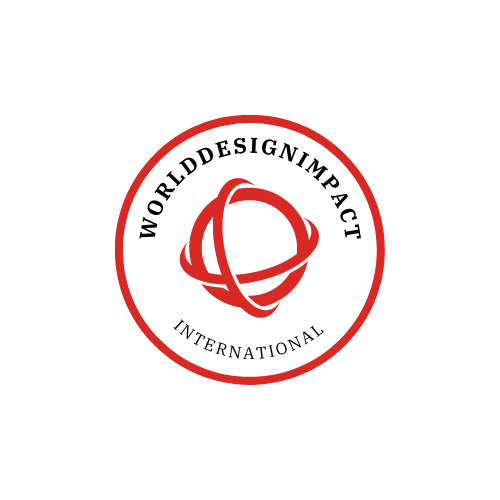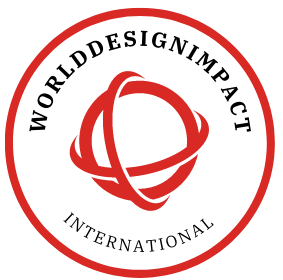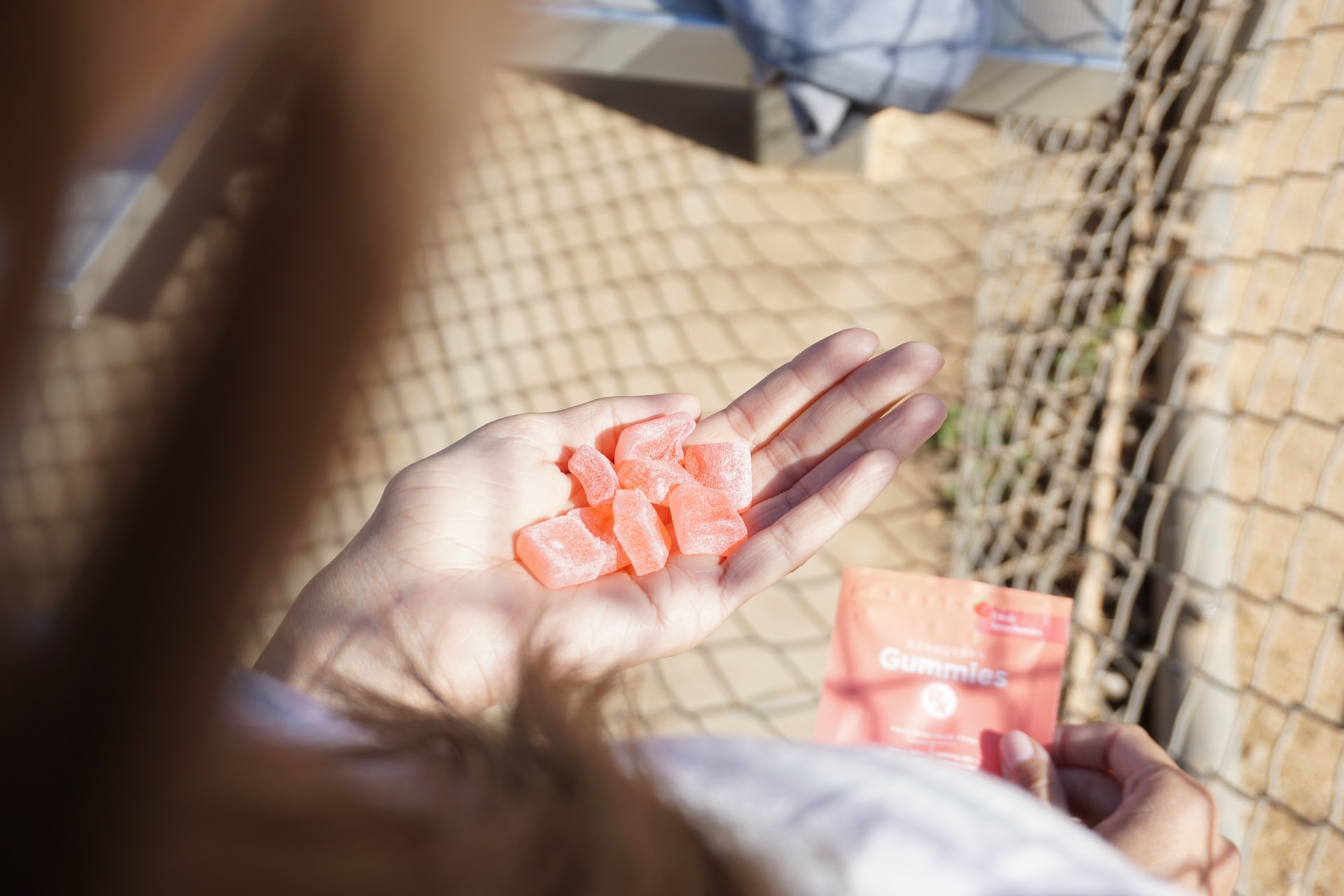To make sense of it all, you must first comprehend the cannabis plant, from whence it all stems. “Tetrahydrocannabinol (THC) and cannabidiol (CBD) are the two major cannabinoids found in cannabis,” says Ryan Vandrey, Ph.D., associate professor of Behavioral Pharmacology Research Unit at Johns Hopkins University School of Medicine.
Cannabis and marijuana are not the same thing, despite the fact that they are frequently used interchangeably. Cannabis is a catch-all term for all items generated from the cannabis plant. Marijuana, on the other hand, is a more precise phrase. It refers to sections of the best online weed dispensary plant that contain high levels of THC, the psychoactive compound that causes you to feel high. Cannabis comes in three varieties: sativa, indica, and a hybrid of the two.
Now that you’ve mastered the fundamentals, let’s go to the heart of the matter so you can gain a deeper grasp of the landscape.
What Is Cannabis and How Does It Work?
There’s a lot of uncertainty about whether or not cannabis is legal. Cannabis with 0.3 percent THC or less (also known as hemp) is regarded legal in most states, whereas cannabis with 0.3 percent THC or more (commonly known as marijuana) is outlawed in other states.
“Both hemp and marijuana are members of the Cannabis Sativa genus and species,” says Mahmoud A. ElSohly, Ph.D., professor of pharmaceutics at the National Center for Natural Products Research, a division of The University of Mississippi’s Research Institute of Pharmaceutical Sciences.
“Both types have chemical profiles that are qualitatively similar but quantitatively different. The most significant distinction is in THC and CBD content, with THC being the most prevalent cannabinoid in marijuana and CBD being the most prevalent cannabinoid in hemp, according to Dr. ElSohly.
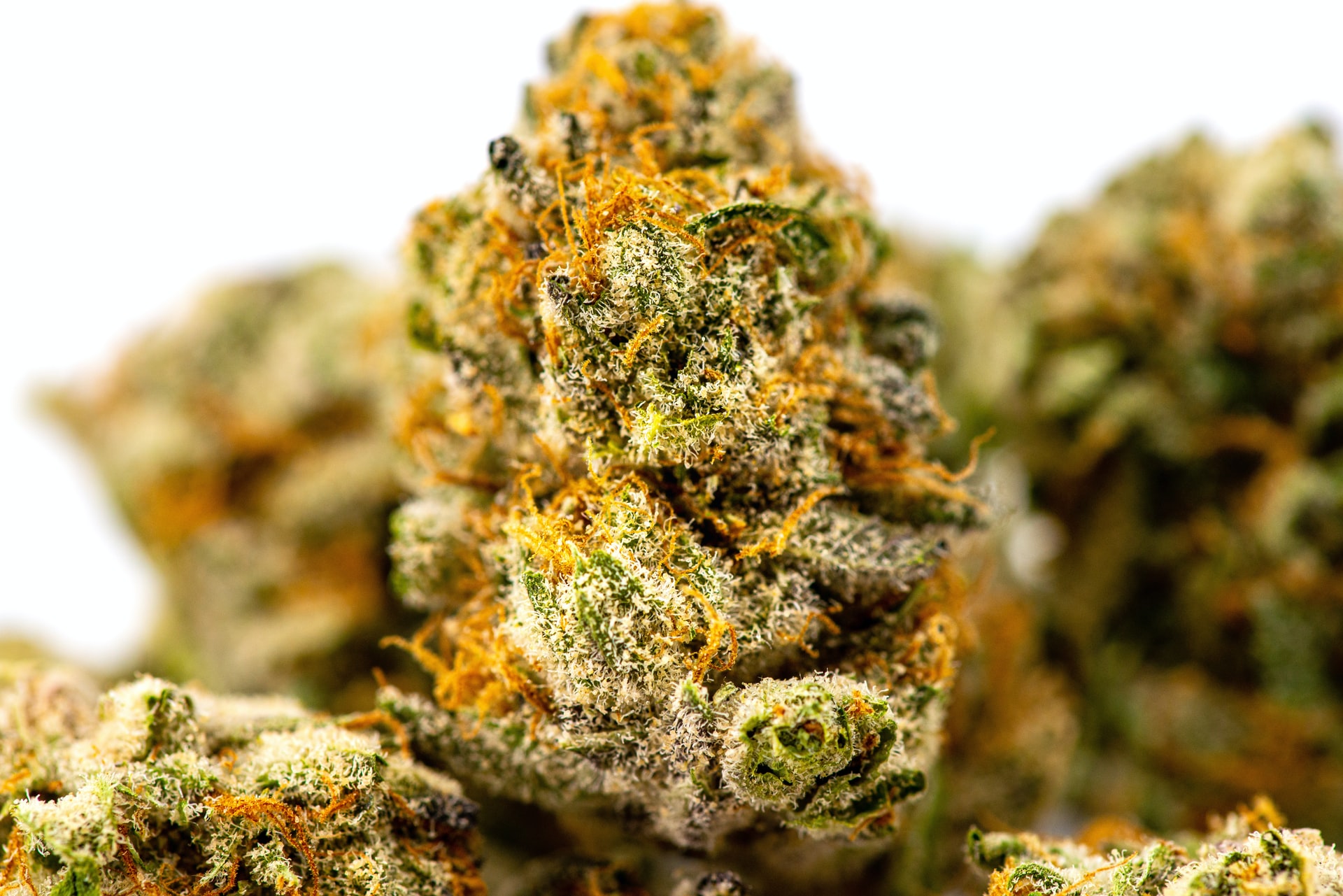 What Is Marijuana and How Does It Work?
What Is Marijuana and How Does It Work?
Cannabis that contains greater than 0.3 percent THC is referred to as “marijuana.” Marijuana is still categorized as a Schedule 1 drug, which means that any marijuana-derived product is banned at the federal level.
We understand what you’re thinking. States have the authority to legalize marijuana for medical and recreational purposes. As a result, 33 states and Washington, D.C. have authorized medicinal marijuana, while 11 states and Washington, D.C. have legalized recreational marijuana for adults over 21.
Even if you reside in a place where marijuana is legal, you can’t just go into a CVS and get a prescription filled. You’ll need a cause for your doctor to suggest medicinal cannabis, just like you’ll need a reason for any prescription medication. And each state has its own set of “qualifying” conditions for which cannabis can be used lawfully. Crohn’s disease, cancer, pain, glaucoma, HIV/AIDS, PTSD, fibromyalgia, and multiple sclerosis are among the approved medical conditions.
If you live in a state where marijuana is legal, you’ll also need a medical cannabis card, which you’ll need to bring with you to a marijuana shop. Medical marijuana is not available at your local pharmacy, even in jurisdictions where it is legal.
THC stands for Tetrahydrocannabinol.
THC is a cannabinoid, a chemical compound found naturally in cannabis plants that causes the euphoric effects that make you feel high. It produces intoxicating effects by connecting to receptors in the brain and central nervous system known as cannabinoid receptors.
THC is also responsible for cannabis’ medicinal properties. “It can assist with the discomfort and nausea associated with chemotherapy, as well as giving you an appetite to eat,” explains Dr. Vandrey. Cannabis with high THC levels can be consumed in a variety of ways, including smoking, drinking an oil tincture, or ingesting it as an oil in a pill or food.
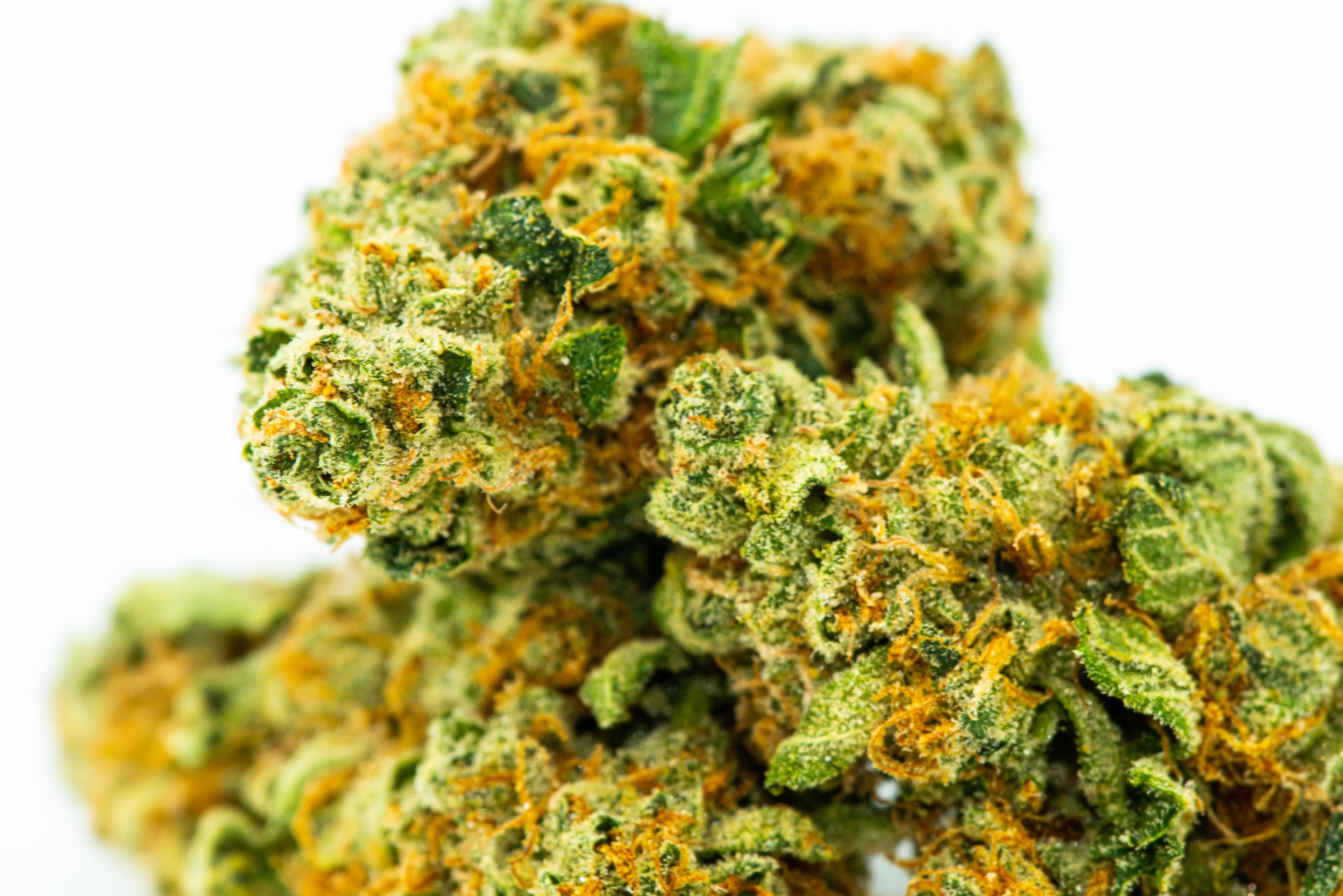 What Is CBD and How Does It Work?
What Is CBD and How Does It Work?
CBD is the second most common cannabinoid present in cannabis, and it is a single chemical entity molecule. CBD, unlike THC, is not psychoactive, meaning it won’t make you high. CBD can be generated from hemp or marijuana, but only hemp-derived CBD is legal (since it contains less than 0.3 percent THC).
CBD generated from marijuana is unlawful and classed as a restricted substance regardless of THC content. You’re right if that appears a little illogical. The rationale has less to do with the CDB itself and more to do with how it came to be.
While CBD appears to be everywhere and touted as a cure for just about everything (which is why you’ll see it on labels ranging from lotions and balms to oils and tinctures), the only FDA-approved use is for a medication called Epidiolex, which is used to treat the seizures associated with two rare and severe types of epilepsy, Lennox-Gastaut syndrome and Dravet syndrome, in patients aged two and up.
Despite its restricted approved use, many people claim that CBD can help with a variety of ailments, including anxiety, discomfort, insomnia, and chemotherapy side effects. “Pure CBD is non-intoxicating, non-addictive, and has no potential for abuse,” says Massachusetts General Hospital physician Peter Grinspoon, M.D., a Harvard Medical School instructor and board member of the advocacy group Doctors For Cannabis Regulation.
“It doesn’t generate a high because it doesn’t directly excite cannabinoid receptors in the brain and nervous system as THC does,” he explains, “but it does influence a number of other receptors and can help with sleep, insomnia, and pain.”
The issue is that because CBD is not regulated by the FDA, it’s difficult to know exactly what you’re getting and whether the sample is pure. “There are several differences in the content of CBD products, including the constitution, formulation, and how they’re supposed to be used—topically, inhaled, or eaten.” And all of those variances can result in various outcomes,” adds Dr. Vandrey.
“While it’s relatively safe,” he says, “there’s mounting evidence that it can have serious drug interactions with other drugs.” The bottom line is that if you have any health issues, you should consult your doctor before using CBD. According to Dr. Vandrey,
What Exactly Is Hemp?
Hemp is a phrase used to describe cannabis with a THC content of less than 0.3 percent. Hemp is not a new crop. It has been used to manufacture rope, clothing, building materials, paper, and even food for thousands of years. It was not a contentious issue. That is, until 1937, when it, along with marijuana, became banned. (Because federal officials couldn’t tell the two plants apart, they were both declared unlawful.)
The Agriculture Improvement Act (also known as the Farm Bill) of 2018 re-legalized hemp in all 50 states. From pasta and iced tea to personal care goods, nutritional supplements, and clothing, hemp is now widely available.
